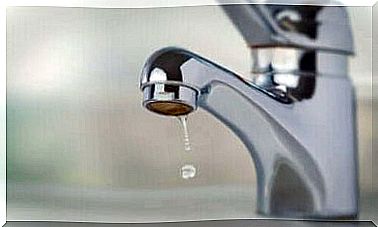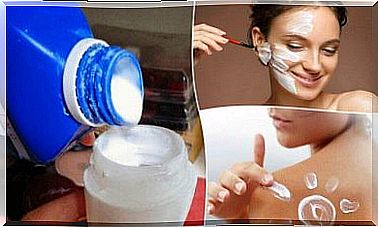Types Of Screens And Their Characteristics
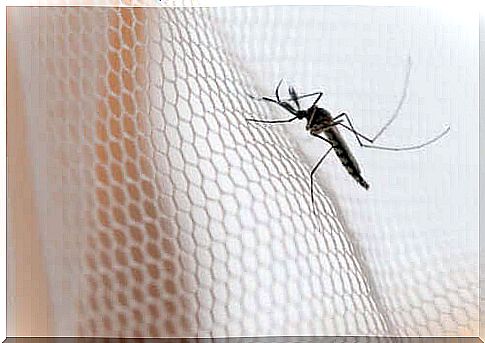
It is safer to open your doors and windows in the summer after installing mosquito nets in your home. When you open your windows, more than just fresh air comes in, such as mosquitoes and other flying intruders.
An insect screen can protect you by preventing them from entering while you are airing the rooms. There are different types of screens and the choice will depend on the features that best suit your window or door. Keep reading to learn a little more about this helpful protection!
The characteristics of mosquito netting
These are basically framed nets with very small holes. People use them on doors and windows to ventilate homes without allowing pests to enter. They are usually made of fiberglass covered with PVC, although manufacturers use many other materials for this purpose as well.
Screens help avoid the use of chemical repellents and make use of natural air and light. Some models are also great for keeping pets indoors.
Types of screens
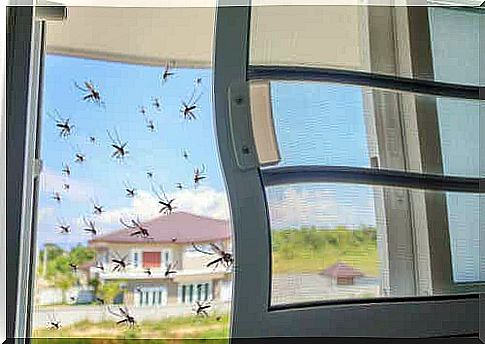
The mosquito nets that used to hang from the ceiling above the bed are now a thing of the past in some countries. However, they are still widely used to prevent the stings of disease-carrying leeches.
Today, screens come in many shapes and sizes. The choice depends on the area of the house where you want to install them, the decor preferences and the needs you want to cover. Below are the most popular varieties.
1. Sliding screens
These are most commonly installed on exterior doors and windows. The aluminum frame is adaptable to the frame in which they are installed. They are easy to install. In fact, you just need to measure them and place them in your frame.
The frame may have a tendency to warp and break due to exposure to heat or continuous use. As a precautionary measure, adjustable wheels can correct these imperfections in some cases.
2. Fixed screens
These are also known as standard screens and are usually the least expensive. They were originally used for windows, but some exceptions allow them to be placed on exterior doors. Moreover, they differ from the rest because they are permanent. The screens consist of the following parts:
- frame profiles
- corner joints
- rubber closures
- optical fiber
They are useful against pollution and resemble sliding screens. Since they are fixed, you should try to place them in places where you do not need to remove them, such as in storage rooms, basements or garages, for example. All you need to do to install them is push them in and fix them with screws or brackets.
3. Roller screens
This is arguably the most desirable type of insect screen on the market, as you only need to use them when you need them. This way you can store them in the winter. These screens roll in and out. They have some adjustability similar to blinds. The guides at each end facilitate this.
4. Combination screens
This type of insect screen is combined with a roller blind and can be opened and closed along the same rails as the roller blind. The roller blind can be raised while the screen remains closed.
5. Curtains
These are mainly for doors and manufactured with the classic mesh, hanging system and a slot attached to two strips of fabric. The mesh is closed with Velcro, so that vermin cannot pass through.
6. Magnetic or self-adhesive screens
These types of screens are glued. This can be done with glue or with a magnet. They are for indoor use and easy to install. In addition, you do not have to roll out or move the panels to be able to go through a door.
7. Pleated screens
The accordion shape of this type of insect screen makes it easy to pull to the side and they remain firmly attached to one end of the frame. It is the latest model for windows and doors.
You can open and close them by pushing or pulling them to the side, always in the direction of the guides. They are lightweight and you can fold them into a small space, so don’t be put off by their clunky appearance.
8. Velcro screens
You can use Velcro to cover all kinds of gaps and its installation is quite simple. Simply cut the Velcro to size and stick it to the window frame, then press the mesh against it.
9. A screen door
This is a second aluminum and mesh door, with hinges that open outwards. The mounting is based on the moldings. You see these kind of screens a lot in warmer countries.
10. Custom Screens
These are made to measure for the window and come in handy if the frames are not standard. There are specialists who can assemble them, but the shops offer kits that allow you to easily make them yourself.
The benefits of screens
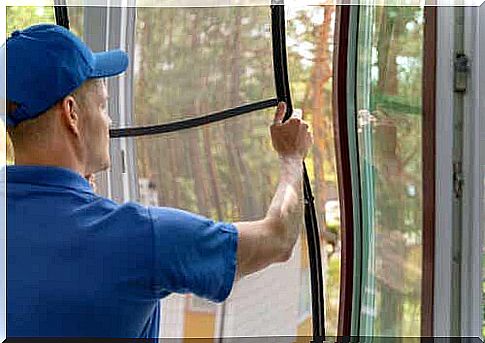
In addition to deterring insects, mosquito screens offer many advantages. We list the most important of these:
- Protection. You can open the windows of an apartment without exposing children or pets to an opening. This is because screens restrict their access to the outside.
- Creating privacy from the outside, because you cannot easily see through the screens.
- Energy-saving. By keeping your windows and doors open in the summer, you can turn off the air conditioning.
- Health. These screens are great for allergies because they keep out dust, so you don’t have to clean as often (Spanish link).
- Sustainable. Insect screen manufacturers use very durable materials and are resistant to sunlight. So it’s a one-time investment and you don’t have to worry about replacement.
The disadvantages of screens
In general, the advantages of screens outweigh the disadvantages. Still, there are a few you should keep in mind. Leave them open or closed, but don’t leave them partially open. That’s the only way to make sure no bugs get through.
In addition, not all window and door openings are suitable for mosquito nets. Either because the opening is too wide, or because the frame is too narrow.
Certification and Maintenance of Mosquito Screens
It is easier to make a choice if you know the characteristics and the different types of screens available. So don’t buy the first one you find, but choose the best one based on your needs.
Check if you’re buying a product made from materials that are also pollen-resistant, anti-mite, and the like by asking the seller. Also look at the ECARF certification.
Finally, screens should be cleaned from time to time. To do this, dampen a cloth with soap and water, wipe the screen and then rinse. This will remove any dirt accumulations.
Be proactive and adjust your mosquito screens in advance. Don’t let summer overwhelm you with those pesky mosquitoes and other pests that come with it!
